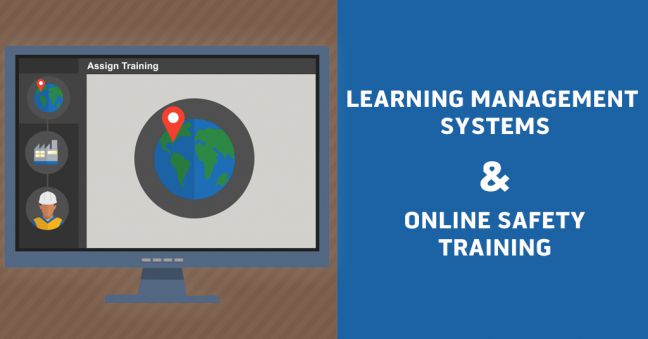
Many companies are interested in adding an online component to their current safety/EHS training.
It makes sense. We already do so many things online, and we know that putting stuff online can make things easier, more efficient, less costly, more convenient, and more effective.
Why can’t the same be true with safety training? Well, it can be and it is, my friend.
Not only is it possible, by now we all probably have at least some familiarity with online safety training. Maybe you’ve seen and have been impressed by an online safety training course. Or maybe you’ve seen how online systems can keep track of and automate training assignments that workers must complete recurrently (such as every year for HazCom training). Or maybe you know how efficiently and effortlessly online training systems can create and store records of completed training and even auto-generate reports on that training and deliver them to your email inbox automatically.
So in this article, we’ll take a look at one tool you can use in an online safety training solution: the learning management system, or LMS. If you already know what an LMS is and how it relates to online safety training, you may learn some new stuff here. If you’re not aware of what an LMS is or how it’s related to online safety training, this may be really eye-opening and very welcome news.
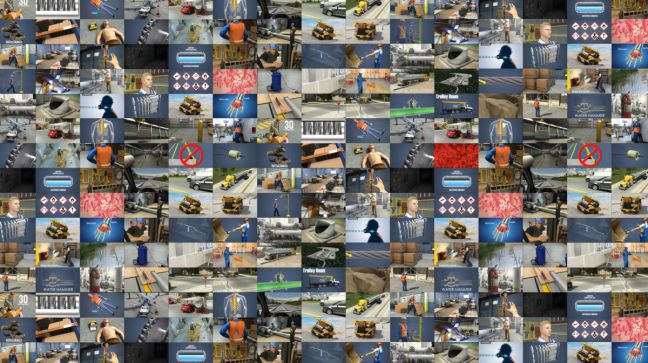
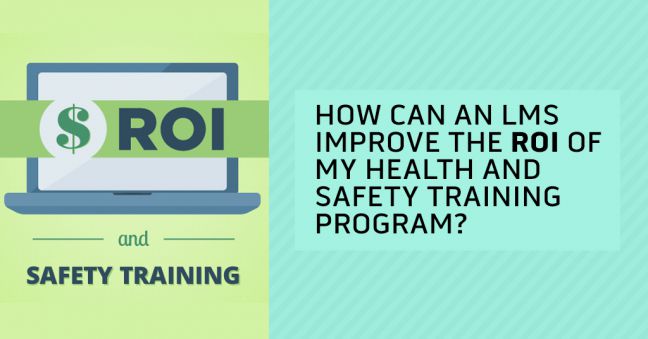
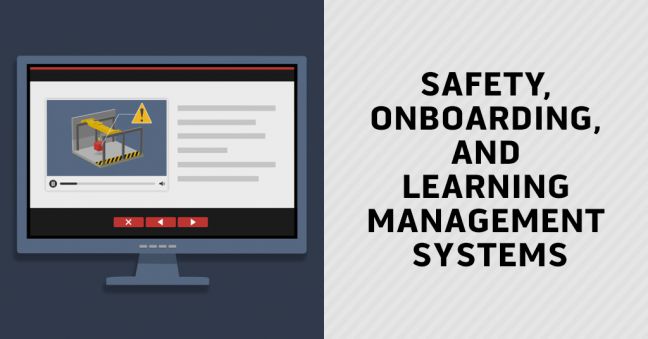

 If you’re in training, you’re probably familiar with the sheets that trainers pass out to learners after a training session, asking the learners to evaluate the training session and the trainer.
If you’re in training, you’re probably familiar with the sheets that trainers pass out to learners after a training session, asking the learners to evaluate the training session and the trainer. If you’ve worked at a surface mine, or performed work in an MSHA-regulated site, there’s a good chance you’ve seen our MSHA Surface Miner Training. Back in 2008 Convergence Training developed the original library of MSHA Part 46-compliant mine safety courses. And since then, our courses have been used in hundreds of MSHA training programs all across North America and viewed by thousands of mine employees and contractors.
If you’ve worked at a surface mine, or performed work in an MSHA-regulated site, there’s a good chance you’ve seen our MSHA Surface Miner Training. Back in 2008 Convergence Training developed the original library of MSHA Part 46-compliant mine safety courses. And since then, our courses have been used in hundreds of MSHA training programs all across North America and viewed by thousands of mine employees and contractors.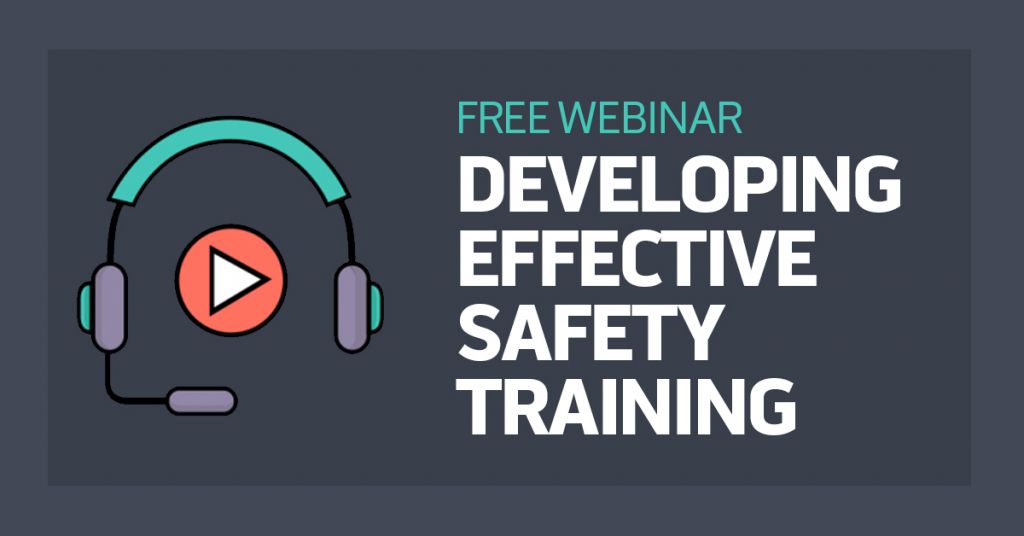
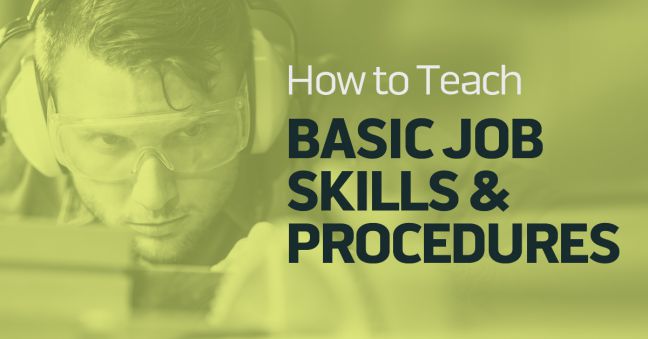
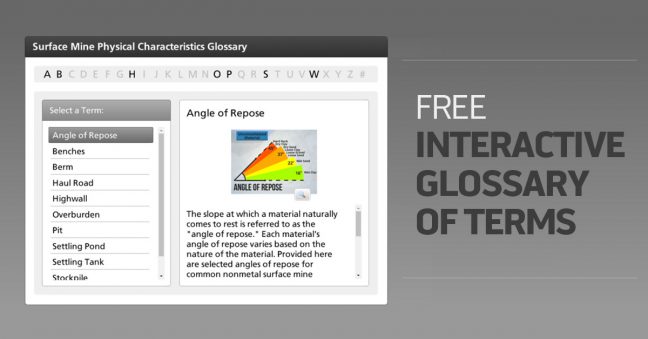
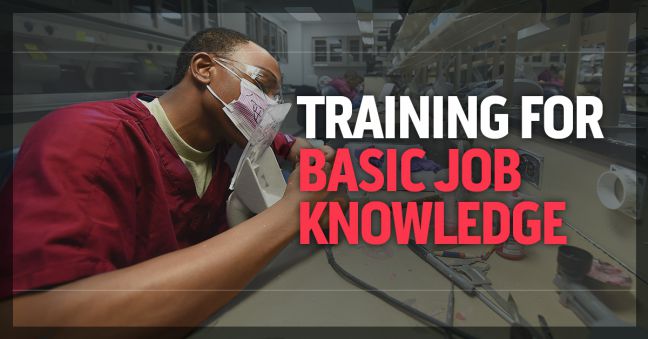
 A lot of you write test questions for online training. Or even paper-based tests you’re still delivering the old-fashioned way (good on you!).
A lot of you write test questions for online training. Or even paper-based tests you’re still delivering the old-fashioned way (good on you!).